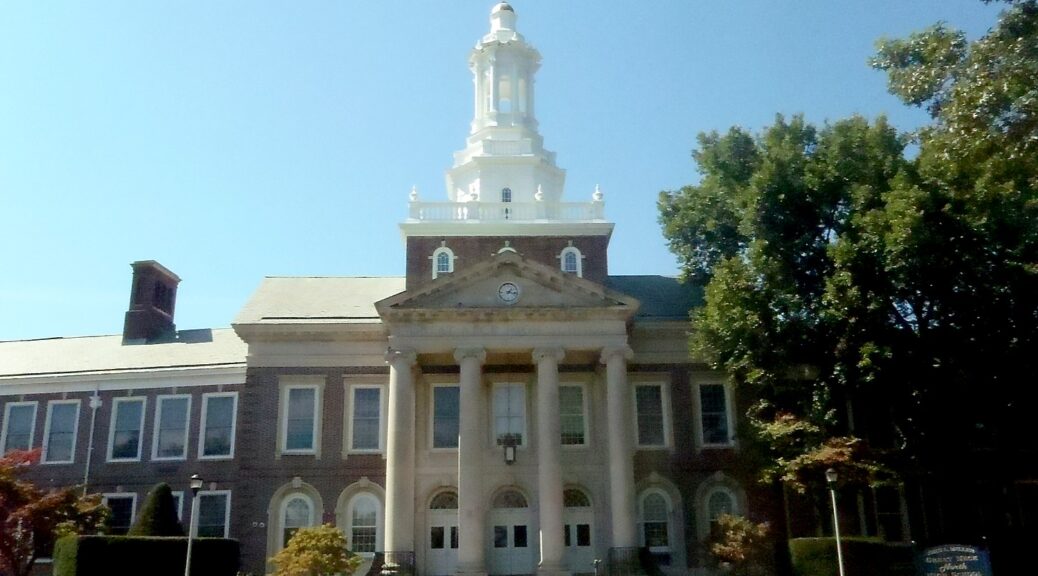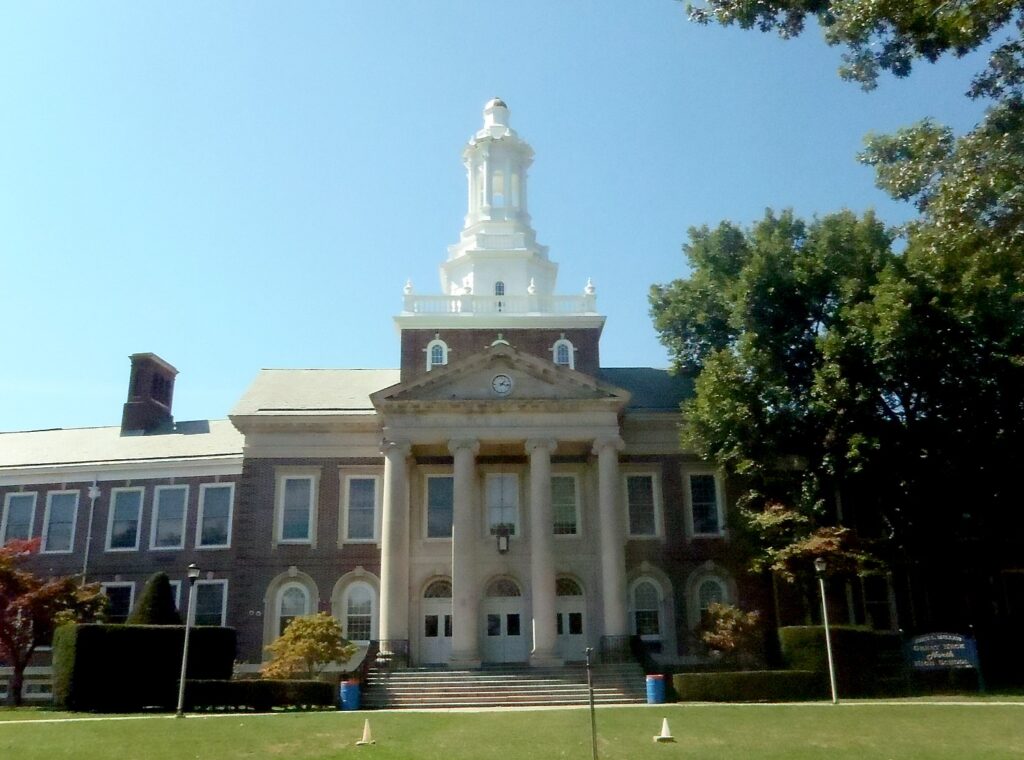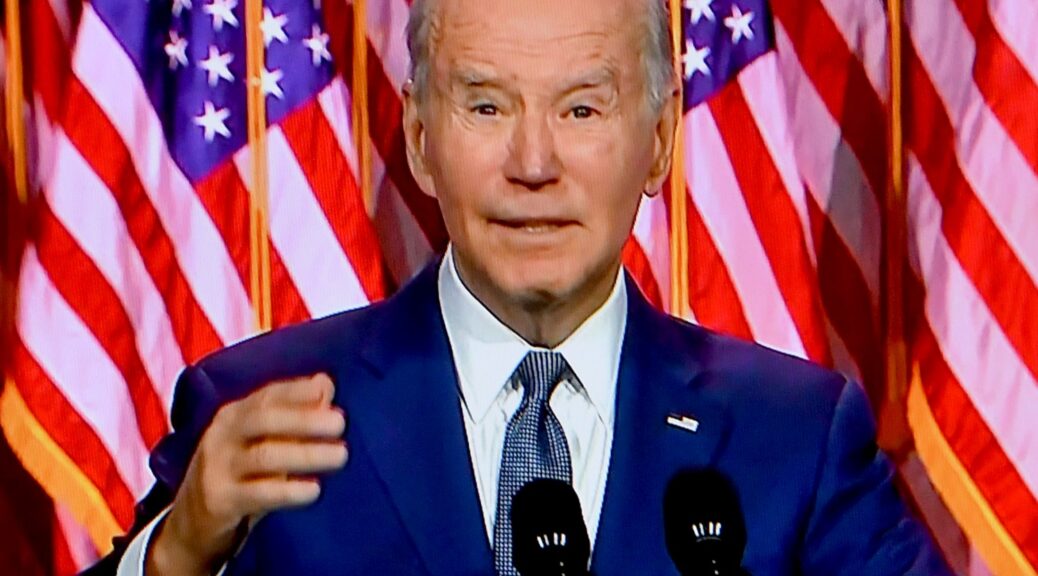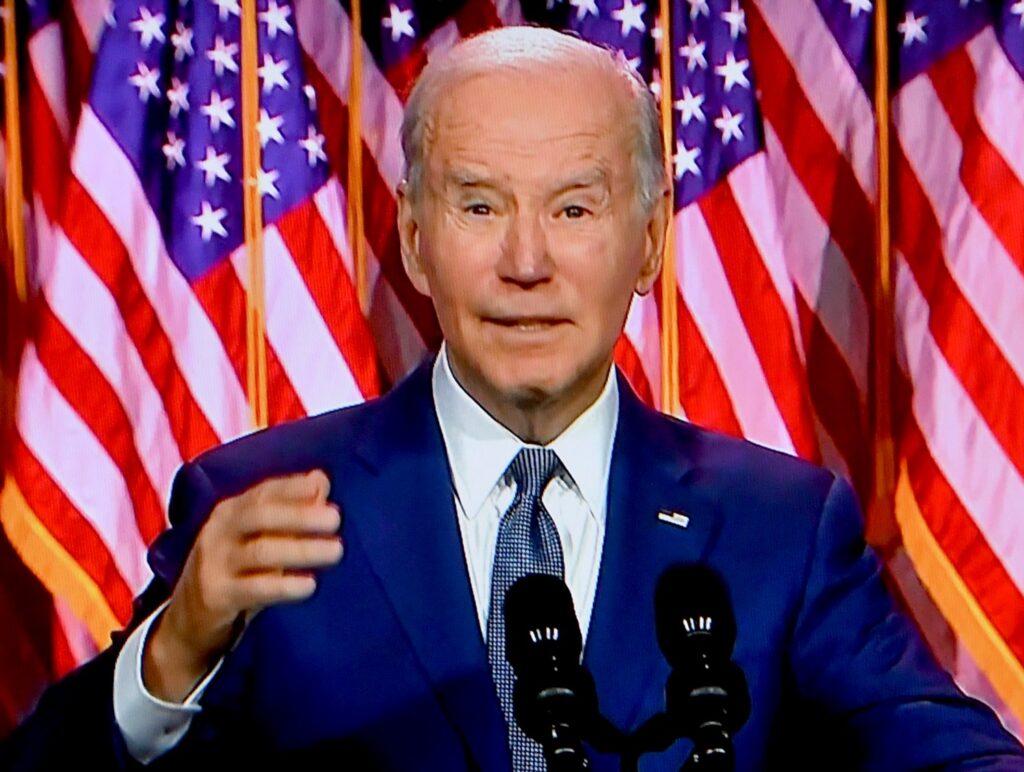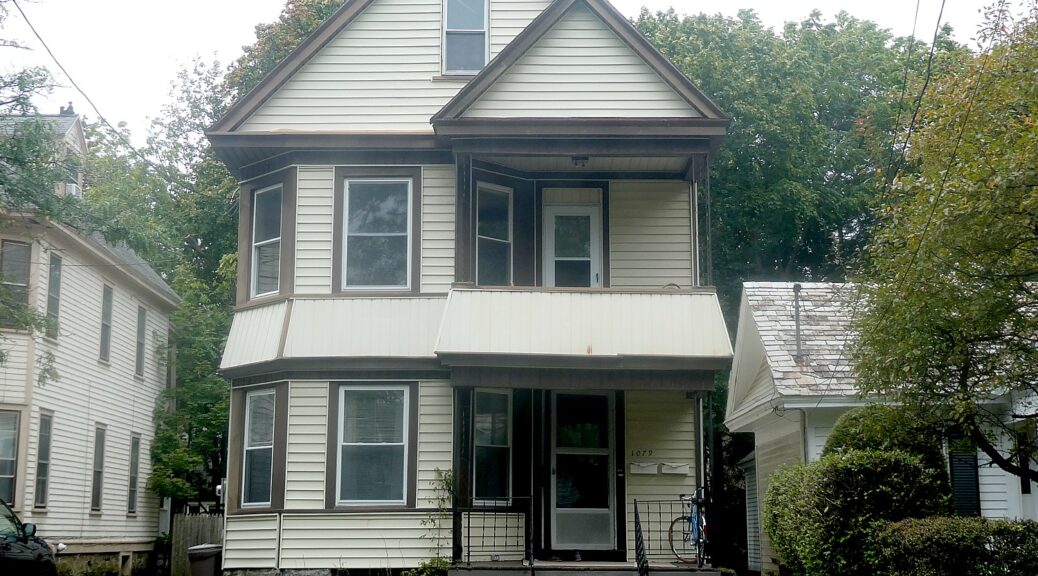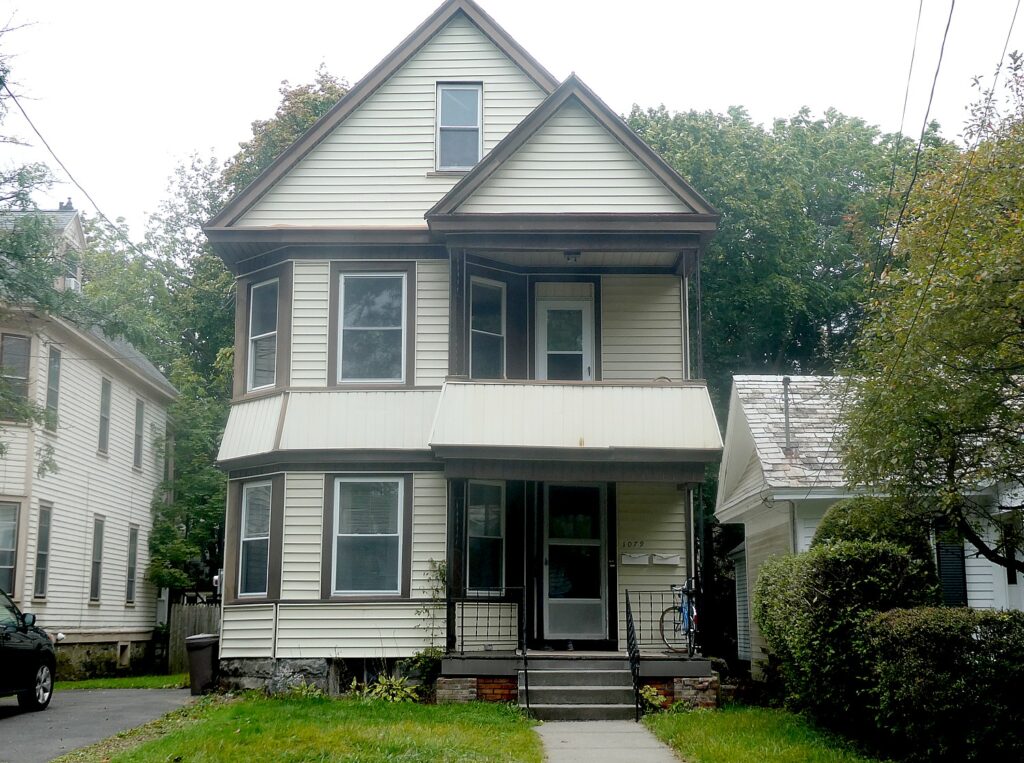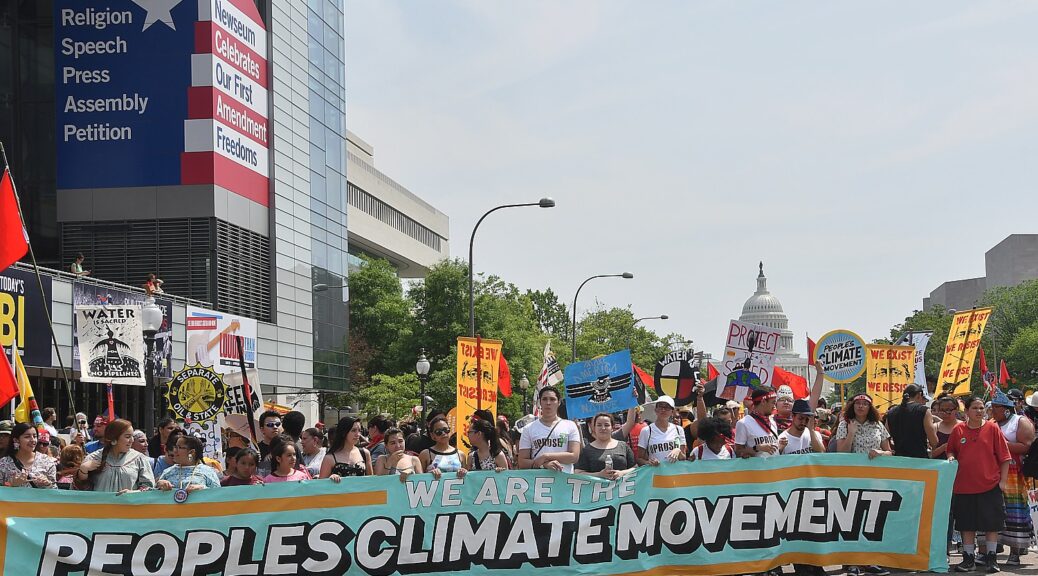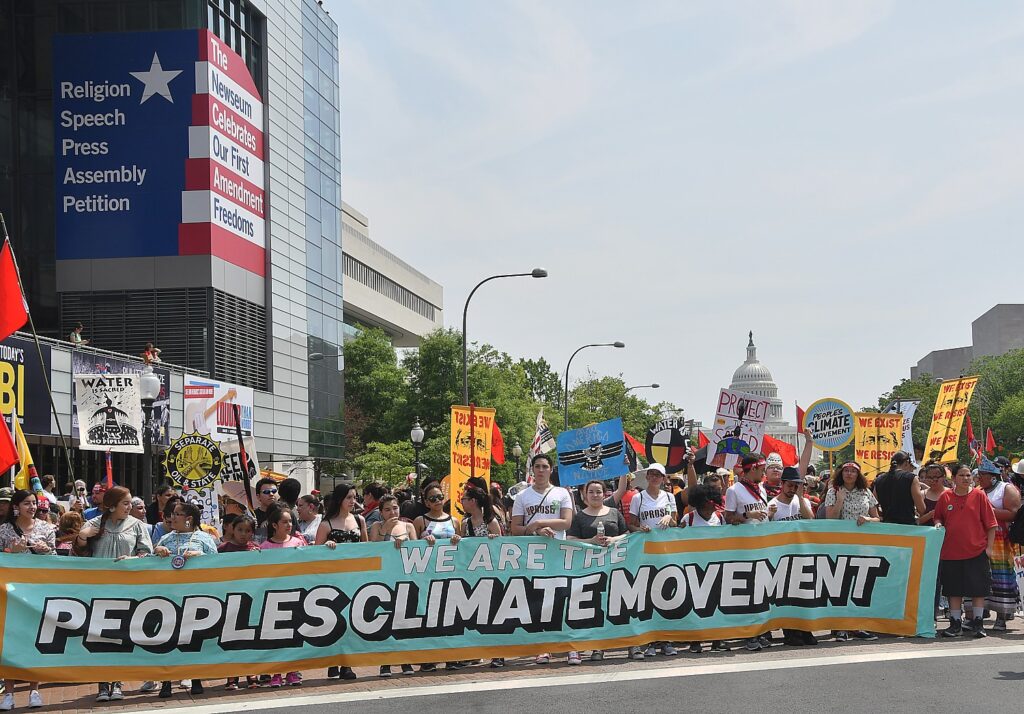
The Biden-Harris Administration believes that education beyond high school should unlock doors to opportunity, not leave borrowers stranded with debt they cannot afford. That’s why, from day one, President Biden and Vice President Harris have been working to fix the broken student loan system and make college more affordable. Today, the Biden-Harris Administration announced the official launch of the most affordable repayment plan ever created – the Saving on a Valuable Education (SAVE) plan and kicked off an outreach campaign to encourage eligible borrowers to sign up for the plan.
“On Day One of my Administration, I promised to fix the problems of the existing student loan program that hurt borrowers for much too long.
And I’m proud we’re keeping that promise,” President Biden declared. “We’ve already approved over $116 billion in debt cancellation for 3.4 million Americans, no matter how many lawsuits, challenges, or roadblocks Republican elected officials or special interests tried to put in our way. And today I’m proud to announce a new program called the SAVE Plan. It’s the most affordable student loan plan ever.”
The SAVE plan is an income-driven repayment (IDR) plan that calculates payments based on a borrower’s income and family size – not their loan balance – and forgives remaining balances after a certain number of years. The SAVE plan will cut many borrowers’ monthly payments to zero, will save other borrowers around $1,000 per year, will prevent balances from growing because of unpaid interest, and will get more borrowers closer to forgiveness faster. The SAVE plan builds on the actions the Biden-Harris Administration has already taken to support students and borrowers, including cancelling more than $116 billion in student loan debt for 3.4 million Americans.
The Biden-Harris Administration estimates that over 20 million borrowers could benefit from the SAVE plan. Borrowers can sign up today by visiting StudentAid.gov/SAVE
Specifically, the SAVE plan will:
- Cut payments on undergraduate loans in half. Borrowers with undergraduate loans will have their payments reduced from 10% to 5% of their discretionary income. Those who have undergraduate and graduate loans will pay a weighted average between 5% and 10% of their income based upon the original principal balances of their loans.
- Bring many borrowers’ loan payments to $0 per month. A borrower’s monthly payment amount is based on their discretionary income—defined under the SAVE plan as the difference between their adjusted gross income (AGI) and 225% of the U.S. Department of Health and Human Services Poverty Guideline amount for their family size. This means a single borrower who makes about $15 an hour will not have to make any monthly payments. Borrowers earning above that amount would save around $1,000 a year on their payments compared to other IDR plans. The Department of Education estimates that more than 1 million additional low-income borrowers will qualify for a $0 payment. This will allow them to focus on food, rent, and other basic needs instead of loan payments.
- Ensure that borrowers never see their balance grow as long as they keep up with their required payments. The Department of Education will stop charging any monthly interest not covered by the borrower’s payment on the SAVE plan. As a result, borrowers who pay what they owe on this plan will no longer see their loans grow due to unpaid interest. For example, if a borrower has $50 in interest that accumulates each month and their payment is $30 per month under the new SAVE plan, the remaining $20 would not be charged as long as they make their $30 monthly payment. The Department of Education estimates that 70 percent of borrowers who were on an IDR plan before the payment pause would stand to benefit from this change. Coinciding with the launch of the SAVE plan, the White House Council of Economic Advisers released a new blog post that models how the income benefit of the SAVE plan could prevent a lower-income borrowers’ balance from increasing by nearly 78% over a 20-year repayment period.
- Provide early forgiveness for low-balance borrowers. IDR plans require all borrowers, even those who only attended school for a single term, to repay their loans for at least 20 or 25 years before receiving forgiveness of any outstanding balance. Under the SAVE plan, borrowers whose original principal balances were $12,000 or less will receive forgiveness after 120 payments (the equivalent of 10 years in repayment). For each additional $1,000 borrowed above that level, the plan adds an additional 12 payments (equivalent of 1 year of payments) for up to a maximum of 20 or 25 years. For example, if a borrower’s original principal balance is $14,000, they will see forgiveness after 12 years. Payments made previously (before 2024) and those made going forward will count toward these maximum forgiveness timeframes.
- Bring many borrowers’ loan payments to $0 per month. A borrower’s monthly payment amount is based on their discretionary income—defined under the SAVE plan as the difference between their adjusted gross income (AGI) and 225% of the U.S. Department of Health and Human Services Poverty Guideline amount for their family size. This means a single borrower who makes about $15 an hour will not have to make any monthly payments. Borrowers earning above that amount would save around $1,000 a year on their payments compared to other IDR plans. The Department of Education estimates that more than 1 million additional low-income borrowers will qualify for a $0 payment. This will allow them to focus on food, rent, and other basic needs instead of loan payments.
The benefits of the SAVE plan will be particularly critical for low- and middle-income borrowers, community college students, and borrowers who work in public service. Overall, the Department of Education estimates that the plan will have the following effects for future cohorts of borrowers compared to the IDR plan, called the Revised Pay-As-You-Earn (REPAYE) plan:
- Borrowers will see their total payments per dollar borrowed fall by 40%. Borrowers with the lowest projected lifetime earnings will see payments per dollar borrowed fall by 83%, while those in the top would only see a 5% reduction.
- A typical graduate of a four-year public university will save nearly $2,000 a year.
- A first-year teacher with a bachelor’s degree will see a two-third reduction in total payments, saving more than $17,000, while pursuing Public Service Loan Forgiveness.
- 85% of community college borrowers will be debt-free within 10 years because of the early forgiveness for low-balance borrowers provision of the plan.
- On average, Black, Hispanic, American Indian and Alaska Native borrowers will see their total lifetime payments per dollar borrowed cut in half.
Borrowers who are already on the REPAYE plan will be automatically enrolled in the SAVE plan and see their payments automatically adjust with no action on their part.
Department of Education Launches Outreach Campaign
To encourage borrowers to sign up for the new SAVE plan, the Department of Education is partnering with grassroots organizations to launch an outreach campaign, “SAVE on Student Debt”. The campaign will leverage strategic partnerships across public, private, and nonprofit sectors to help borrowers take full advantage of the benefits provided by the SAVE plan, as well as ensure borrowers know about other resources and debt forgiveness programs available from the Department. This partnership will be led by the Department in collaboration with Civic Nation, the National Association for the Advancement of Colored People (NAACP), the National Urban League (NUL), Rise, the Student Debt Crisis Center, UnidosUS, and Young Invincibles.
The outreach campaign will build on the direct outreach underway by the Department of Education and Federal Student Aid to ensure borrowers know about the SAVE plan and other programs to help them access debt relief. In the coming days, the Department will contact nearly 30 million borrowers to invite them to apply for the SAVE plan. The direct-to-borrower communication will highlight how the new IDR application takes less than 10 minutes to fill out. The “SAVE on Student Debt” campaign and direct-to-borrower communications will also focus on enrolling borrowers into SAVE who will benefit the most from the plan but are often hardest to reach. Importantly, the new SAVE plan lowers barriers that previously stood in the way of higher enrollment rates of other IDR plans by streamlining repayment options, automatically enrolling delinquent borrowers who have given consent to access their tax information into the plan, and eliminating the need to manually recertify their income each year. This is part of the Department’s broader improvements to the student loan system and robust outreach campaign to support borrowers when the payment pause ends this fall.
Broader Efforts to Deliver Relief to Student Loan Borrowers
The SAVE plan builds on broader actions by the Biden-Harris Administration to deliver relief to student loan borrowers, fix problems in the student loan system, and make college more affordable. To date, the Biden-Harris Administration has cancelled more than $116 billion in student loan debt for 3.4 million Americans, including:
- $39 billion for 804,000 borrowers as a result of fixes to IDR plans who have been in repayment for over 20 years but never got the relief they deserved
- $45.7 billion for 662,000 public service workers
- $10.5 billion for 491,000 borrowers who have a total and permanent disability; and
- $22 billion for nearly 1.3 million borrowers who were cheated by their schools, saw their schools precipitously close, or are covered by related court settlements.
The Administration has also achieved the largest increases in Pell Grants in over a decade to help families who earn less than roughly $60,000 per year; fixed the Public Service Loan Forgiveness program so borrowers who go into public service get the debt relief they are entitled to; is holding colleges accountable for leaving students with mountains of debt and without good job prospects; and announced that it is pursuing an alternative path to deliver debt relief to as many student loan borrowers as possible, as quickly as possible in the wake of the Supreme Court’s decision on the Administration’s student debt relief plan.


